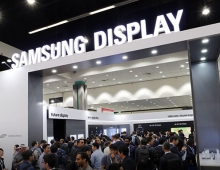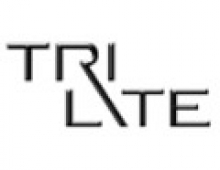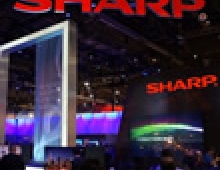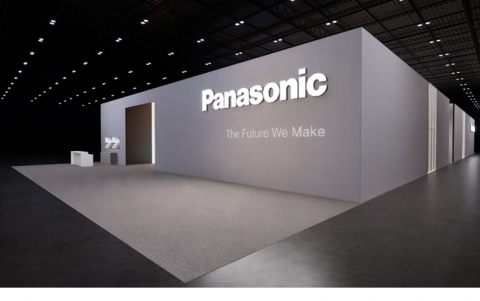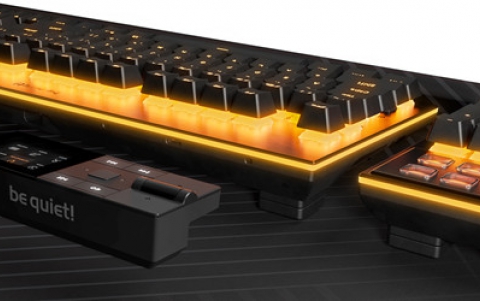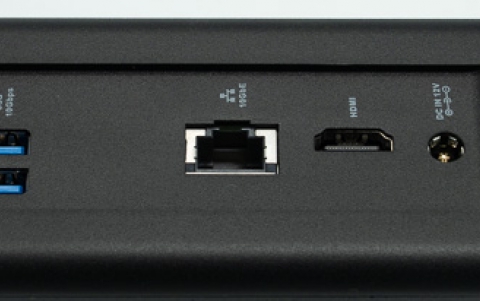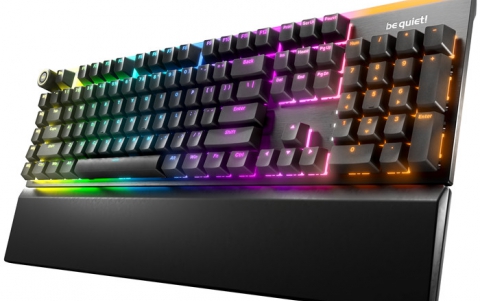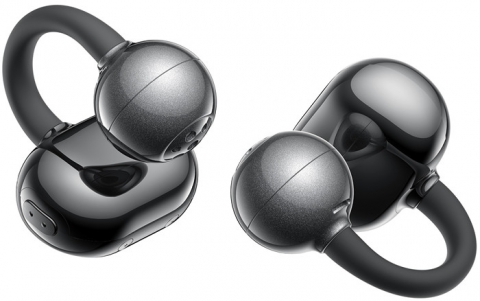
New 3D LCD Technology Promises Greater Energy Efficiency
In a traditional LCD, liquid crystal molecules are sandwiched between polarized glass plates. Electrodes pass current through the apparatus, influencing the orientation of the liquid crystals inside and manipulating the way they interact with the polarized light. The light and dark sections of the readout display are controlled by the amount of current flowing into them.
 The new displays ditch the electrodes, simultaneously making the screen thinner and decreasing its energy requirements. Once an image is uploaded to the screen via a flash of light, no power is required to keep it there. Because these so-called bi-stable displays draw power only when the image is changed, they are particularly advantageous in applications where a screen displays a static image for most of the time, such as e-book readers or battery status monitors for electronic devices.
The new displays ditch the electrodes, simultaneously making the screen thinner and decreasing its energy requirements. Once an image is uploaded to the screen via a flash of light, no power is required to keep it there. Because these so-called bi-stable displays draw power only when the image is changed, they are particularly advantageous in applications where a screen displays a static image for most of the time, such as e-book readers or battery status monitors for electronic devices.
The researchers went further and engineered their screen to display images in 3D. Real-world objects appear three-dimensional because the separation between your left eye and your right creates perspective. 3D movies replicate this phenomenon on a flat screen by merging two films shot from slightly different angles, and the glasses that you wear during the film selectively filter the light, allowing one view to reach your left eye and another to fall on your right to create a three-dimensional image.
However, instead of displaying multiple images on separate panels and carefully aligning them, the researchers create the illusion of depth from a single image by altering the polarization of the light passing through the display. They divide the image into three zones: one in which the light is twisted 45 degrees to the left, another in which it is twisted 45 degrees to the right, and a third in which it is unmodified. When passed through a special filter, the light from the three zones is polarized in different directions. Glasses worn by the viewer then make the image appear three-dimensional by providing a different view to each eye.
This technology isn’t ready to hit the television market just yet: it only displays images in greyscale and can’t refresh them fast enough to show a film. However, the researchers are in the process of optimizing their device for consumer use by adding color capabilities and improving the refresh rate. The thin profile and minimal energy requirements of devices could also make it useful in flexible displays or as a security measure on credit cards.


